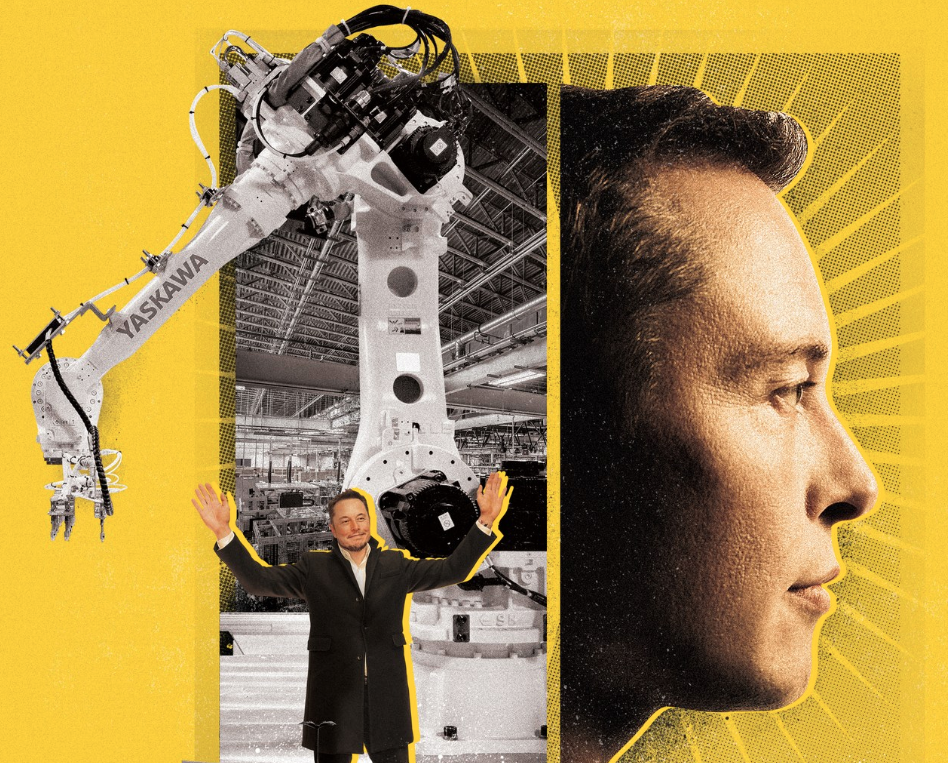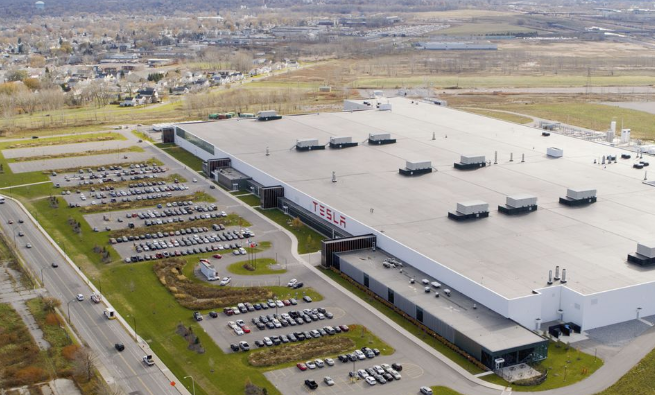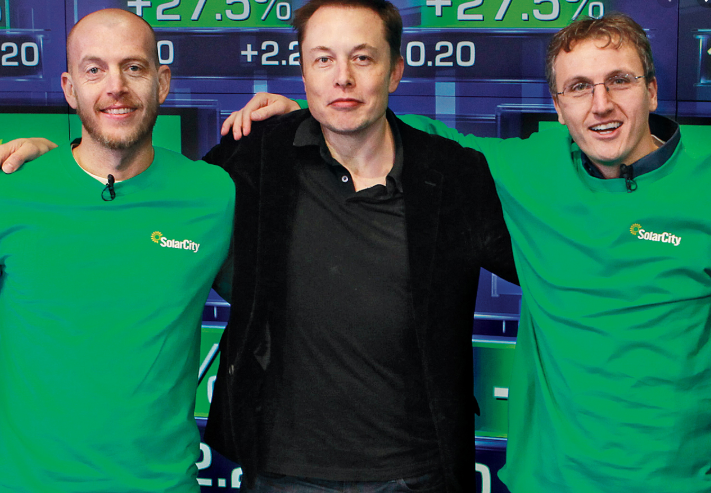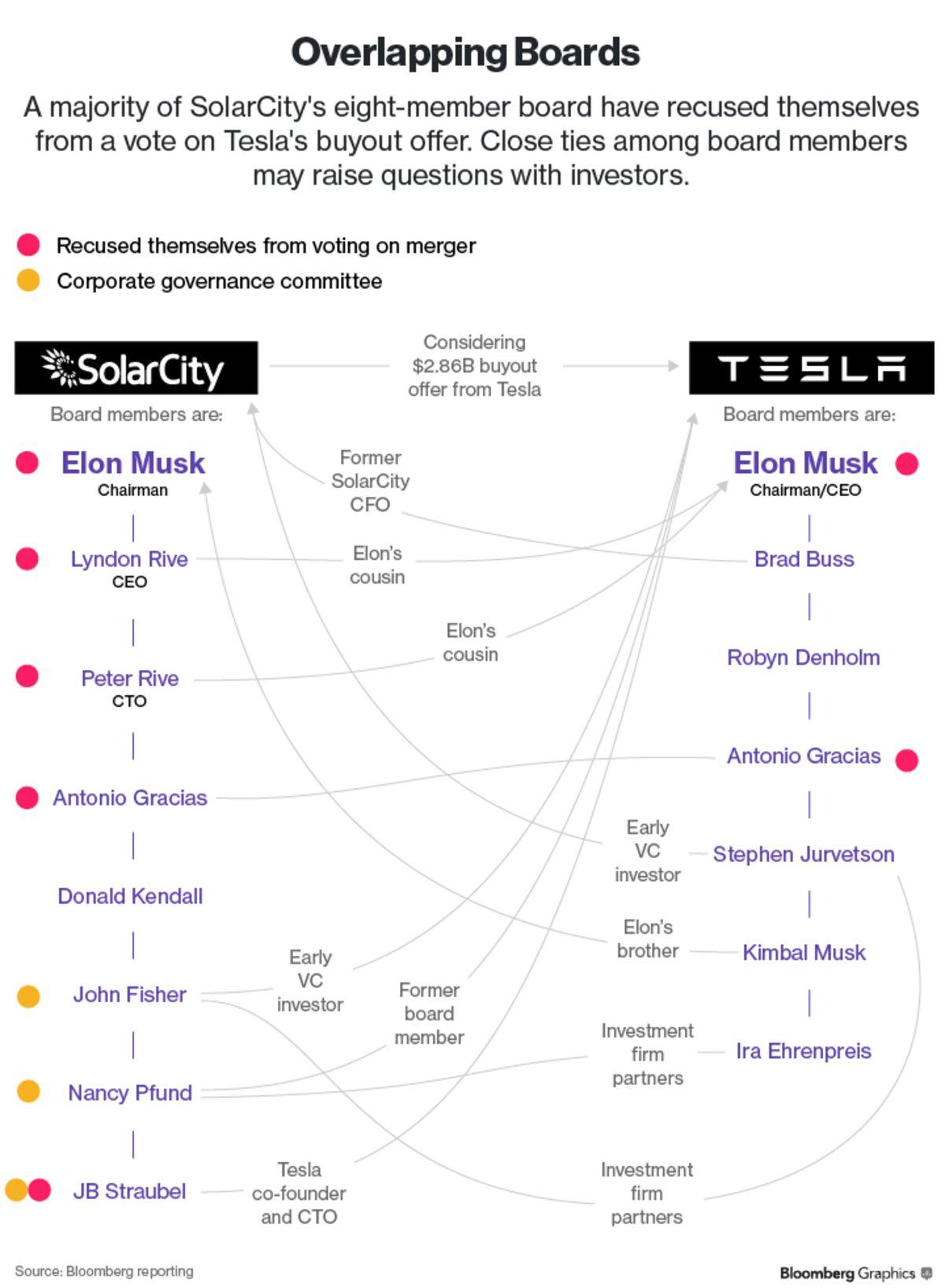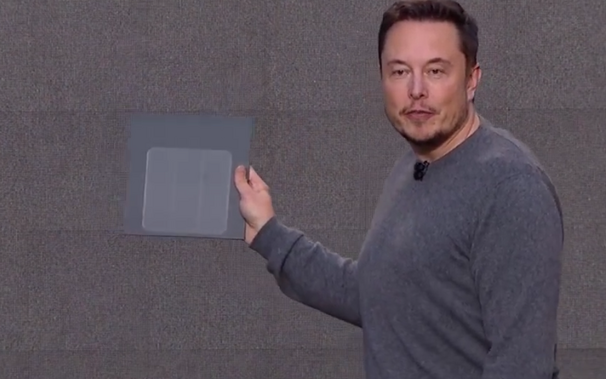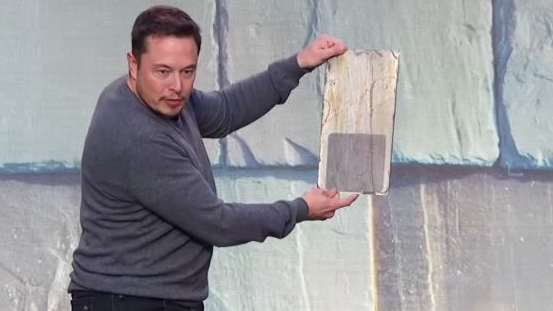Bethany McLean’s reputation proceeds her, with good reason. She’s mostly known for tackling the Enron scandal and the 2008 financial crisis – two of the biggest financial frauds over the last decade or now. She co-authored Enron: The Smartest Guys in the Room, which was later made into a movie.
And now, she’s setting her sights on Elon Musk and Solar City, something we expected was about to happen last week.
There it is “HE’S FULL OF SHIT”: HOW ELON MUSK FOOLED INVESTORS, BILKED TAXPAYERS, AND GAMBLED TESLA TO SAVE SOLARCITY https://t.co/bzKWHRduoWhttps://t.co/kCBAAKNnuo
— zerohedge (@zerohedge) August 25, 2019
As we said yesterday during our report about Vern Unsworth’s lawyer threatening Elon Musk, the boy wonder has created so many legacy legal liabilities, it is tough to track which ones – and when. Now, it’s appears that one of the biggest whoppers, his “bail out” of Solar City that skeptics such as this website and countless others long believed to be a sham, has finally been thrust into the limelight by an author whose gravitas simply can’t be ignored.
McLean’s Vanity Fair expose begins by focusing on Dennis Scott, a former Buffalo Tesla solar plant employee who was laid off. After being fired, he took to Twitter and randomly re-tweeted a “goofy” photograph of CEO Elon Musk holding something that looked like a machine gun. Scott said: “If I were CEO and someone told me my company wasn’t working right, I wouldn’t be clowning around. I’ve got people counting on me for their livelihood.”
Hours later, his phone rang. “It’s the clown,” the person on the other end said.
For the next 20 minutes, he had a discussion with Tesla CEO Elon Musk. He claims that Musk was “pleasant” but Scott peppered him with questions. “When are you going to fix your company?” Scott asked. “You took $750 million from New York. You gave us hope that you were going to do something.”
Scott said Musk’s responses left him unimpressed: “Musk is a nice guy when you talk to him. But I think he’s full of shit. He’ll tell you whatever you want to hear.”
The article notes that Musk doesn’t speak much about the company’s factory in Buffalo nowadays, which was actually once dubbed “Gigafactory 2”. The plan in Buffalo was, after Tesla’s purchase of Solar City, to build the largest manufacturing facility of its kind in the western hemisphere, producing 10,000 solar panels per day and creating 5,000 jobs in the area. The building is 1.2 million square feet and stands on the Buffalo River, which is replete with abandoned grain elevators and desolate steel mills.
But serious doubts have risen lately about Solar City. Tesla is being sued for the acquisition of the company and former employees want to know what happened to the massive subsidies that Tesla received.
“New York State taxpayers deserved more from a $750 million investment,” a laid-off employee named Dale Witherell wrote to Senator Kirsten Gillibrand. “Tesla has done a tremendous job providing smoke and mirrors and empty promises to the area.”
And just last week, we reported that Walmart sued Tesla, claiming that its solar panels started fires on seven of its store roofs.
The Buffalo plant wasn’t just supposed to save the world with solar, it was supposed to revitalize a poor area. Laid off employee Dale Witherell, for instance, was thrilled to get the job after a divorce and while caring for his disabled daughter. He also believed in the product.
Witherell said: “At some point push is going to come to shove in our world, and fossil fuel use is going to catch up with us. I believed in the product.”
But the Buffalo plant looks as though it’s going to go down in history as just more proof that the government can’t spend your money any better than you, or the free market, can. The plant was part of Governor Andrew Cuomo‘s plan to revitalize upstate New York and in 2014, Cuomo claimed that the plan was “of critical importance to the United States’ economic competitiveness and energy independence.”
From there, the expose points out how two of Musk’s cousins that grew up with him in South Africa (and founded Solar City) were bailed out by Musk’s investment in the company – and later by Tesla’s acquisition of the company.
It highlights how Solar City’s business model changed from installing solar panels to allowing homeowners to pay over time, which created a constant need for cash. All of this was happening while, on the consumer side, customers were complaining about misleading sales tactics and shoddy installations.
Employees started to feel manipulated by the company’s talk about its altruistic mission.
“I turned a blind eye to a lot of the silliness because of the idealism,” says one former senior employee. “I don’t know when the Rubicon was crossed, but there were micro-crossings every day.”
In 2014, Solar City bought Silevo, a solar panel manufacturer, in order to try and build its own solar panels after the board was “growing concerned” about its business model. One former senior employee said of the strategy: “It was shoot first and aim later. There was a lot of machismo going on: bigger, better, badder, faster.”
But the sweetheart deal continued to be pushed further by Governor Cuomo.
By the time Cuomo visited the site three months later, Silevo’s smallish deal had metastasized. The state promised to spend $350 million to build a factory and another $400 million on equipment specified by SolarCity. The company would get a 10-year lease on the facility—for just $1 a year. In return, it promised to employ at least 1,460 people in “high-tech” jobs at the factory, hire another 2,000 to support the sale and installation of solar panels in New York, and help attract an additional 1,440 “support jobs” in the state. Once it achieved full production, the company pledged, it would spend some $5 billion in New York over the following decade.
“It was sold as a perfect marriage,” says the former senior employee. “The area around the factory is terrible, and I remember thinking: Wow, we are going to save the town where steel was made.” Cuomo too was hooked. “He was enchanted with the idea of Elon Musk in Buffalo,” says a longtime lobbyist in Albany. “I think he actually thought Musk was the next Dalai Lama.”
The situation got really ugly toward the end of 2014 when executives begin to exit and Solar City had trouble raising money. It issued what it called “Solar Bonds”, but the market interest was tepid. As a result, SpaceX acquired $255 million of these bonds and Musk himself bought $75 million of them. Musk borrowed against his Tesla and Solar City stock in order to do so. Musk also tried to stop the bleeding in 2016 when Solar City stock plunged and Musk bought $10 million in shares.
Then, after burning through $659 million in the first quarter of 2016 alone, Musk finally proposed that Tesla acquire Solar City.
Even though the board balked at first, Musk kept pushing and finally got the board to agree. Meanwhile, a judge in a shareholder lawsuit recently ruled that it is “reasonably conceivable” that Musk had active control over the Tesla board when he pushed for the acquisition.
Days before shareholders were set to vote on the acquisition of Solar City, Musk gave the now infamous “Solar Roof” presentation, promising that production would begin the following summer. On that note, shareholders had their cue to approve the acquisition, which they did. As a result, Musk converted his stake in Solar City into $500 million in Tesla stock.
The solar roof, three years later, still has not come to mainstream fruition.
Finally, the expose concluded by pointing out how Musk’s stunts are starting to come off as unhinged instead of iconoclastic. And it shows that Musk has a track record of not following through. For instance, it brings up an example of how, in 2001, he offered to give away half of his equity in PayPal, dividing it evenly between employees and altruistic causes, but then never follow through on the pledge. Some people see Musk as purposely manipulative, others just see him as bombastic and overly optimistic, the article notes.
Tesla, in truly ridiculous fashion, defended itself by literally accusing McLean of spreading “FUD” – fear, uncertainty and doubt – a phrase notoriously overused by basement dwelling bagholders of worthless securities that find themselves underwater and desperately looking for a scapegoat:
In a statement to Vanity Fair, Tesla argues that its jobs in Buffalo are competitive, especially when benefits and equity are factored in. It says it has expanded its operations at the factory to include “some of our most innovative and pioneering products.” And it accuses the magazine of presenting a “one-sided view with cherry-picked sourcing aimed at feeding into the fear, uncertainty, and doubt being circulated about Tesla every day by those looking to gain from Tesla’s losses.”
The expose wraps up by highlighting several members of the “$TSLAQ” community on Financial Twitter, like @TeslaCharts, who happens to be a PhD, solar panel expert and recently did a lengthy podcast critical of Tesla’s solar business.
It ends by describing how Solar City’s business, now tucked into Tesla, has all but collapsed.
“Total implosion” is how one Solar City insider described it in the article.
You can read the full length expose here.
via ZeroHedge News https://ift.tt/2Zlgs5q Tyler Durden
